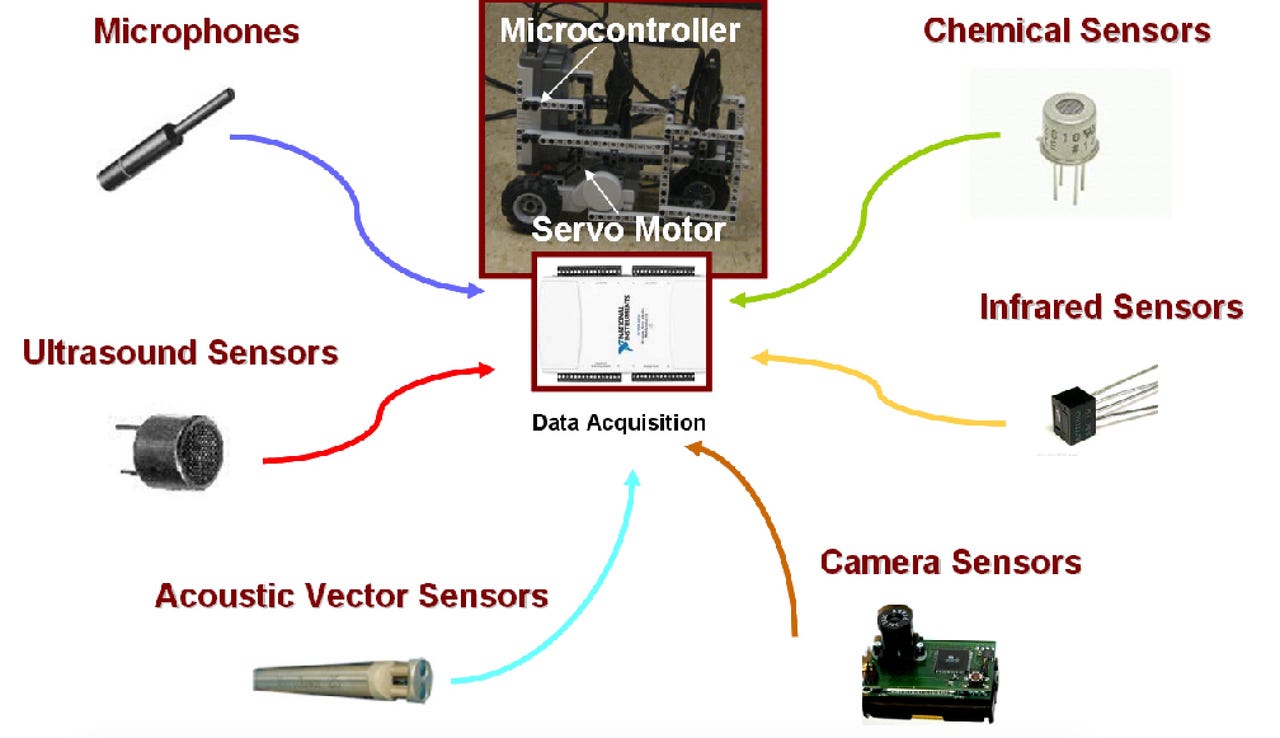Here's why the $510 million robotics sensors market isn't growing faster


An October 2017 report from BCC Research, Sensors for Robotics: Technologies & Global Markets, predicts that the global market for robotics sensors will grow to $510 million in 2017. That's up from $435 million last year.
To navigate and interact with the world, robots need to see, hear, touch, and track their movement in space. That requires a bevy of sensors. Given strong growth in robotics markets, which could hit $135 billion by 2019, corresponding growth in the market for robotics sensors was predictable.
BCC Research projects the global market for robotics sensors will grow to $840 million by 2022, a CAGR of 10.5 percent.
That figure perhaps seems modest given that some analysts predict that growth in the global robotics market could hit a CAGR of 17 percent for the period between 2015 and 2019.
It's all about price. Sensor costs have plummeted in recent years with the spread of mobile computing and smart home appliances (think cameras and accelerometers, which used to be prohibitively expensive for most consumer applications). Falling sensor prices are a key driver of recent growth in the robotics industry--which in turn has brought costs for things like advanced force sensors and microphones down even further.
All that adds up to strong sales with more modest revenue gains for manufacturers.
But the future is bright. Drivers of projected growth in the robotics market include artificial intelligence, self-driving and semi-autonomous vehicles, and the current spread of industrial robots into light manufacturing.
The next generation of platforms will interact with and even learn about the world in far more sophisticated ways than we're seeing now Crucially, more robots will be operating alongside people, which means they need to be engineered for maximum safety.
All that adds up to a big hunger for higher end sensors, such as LiDAR, 3D cameras, and units that measure force, over the next decade.